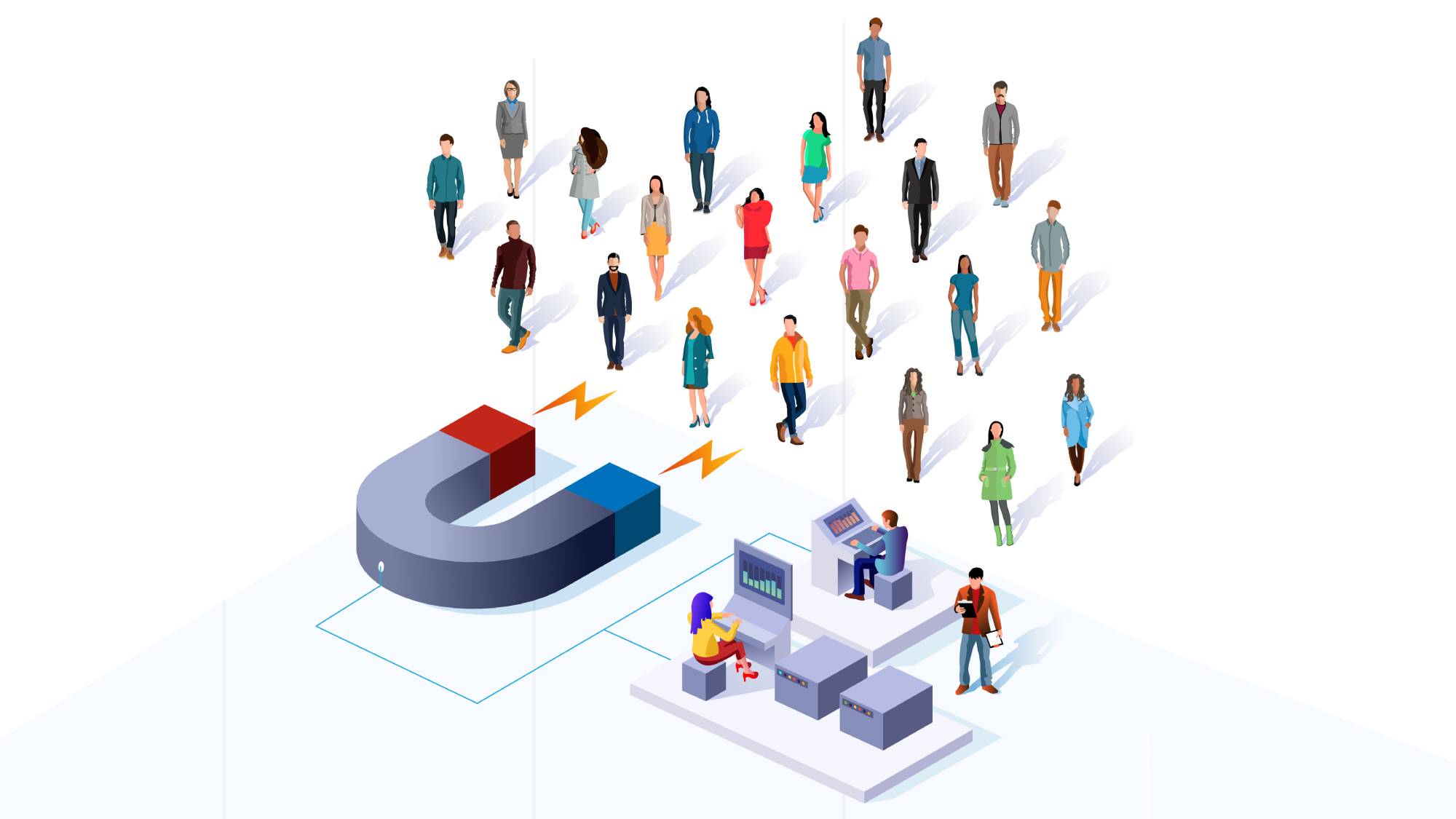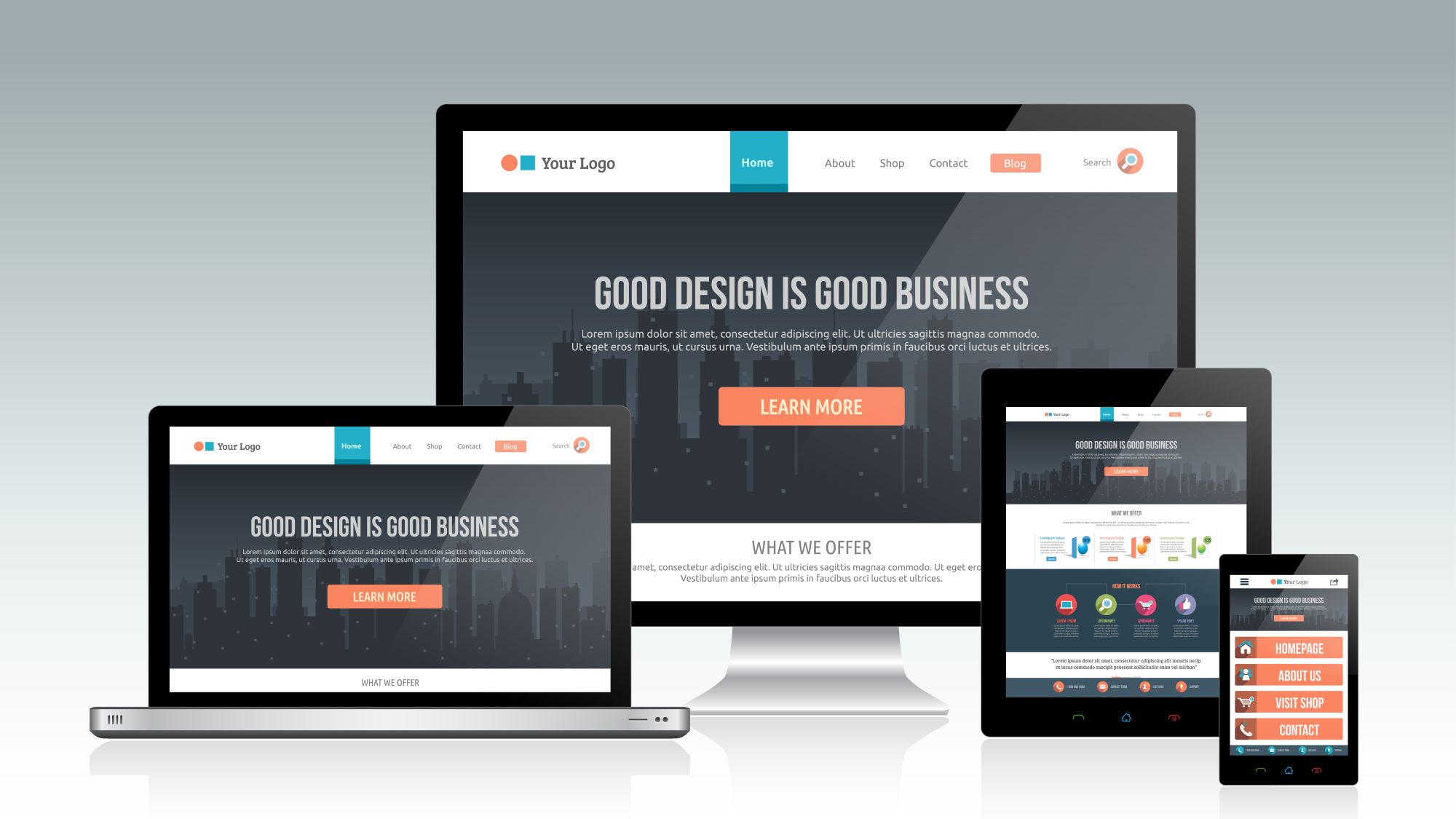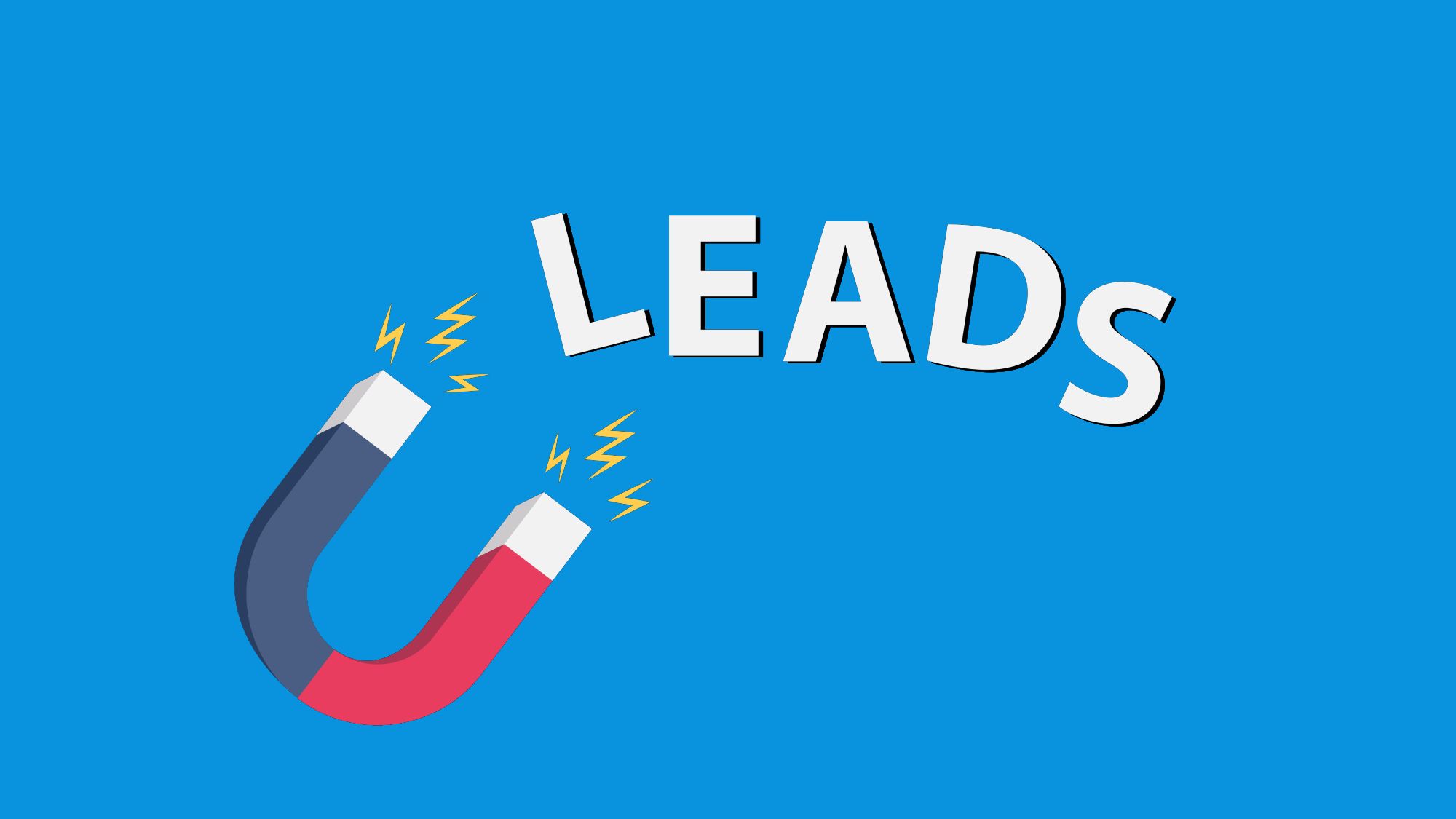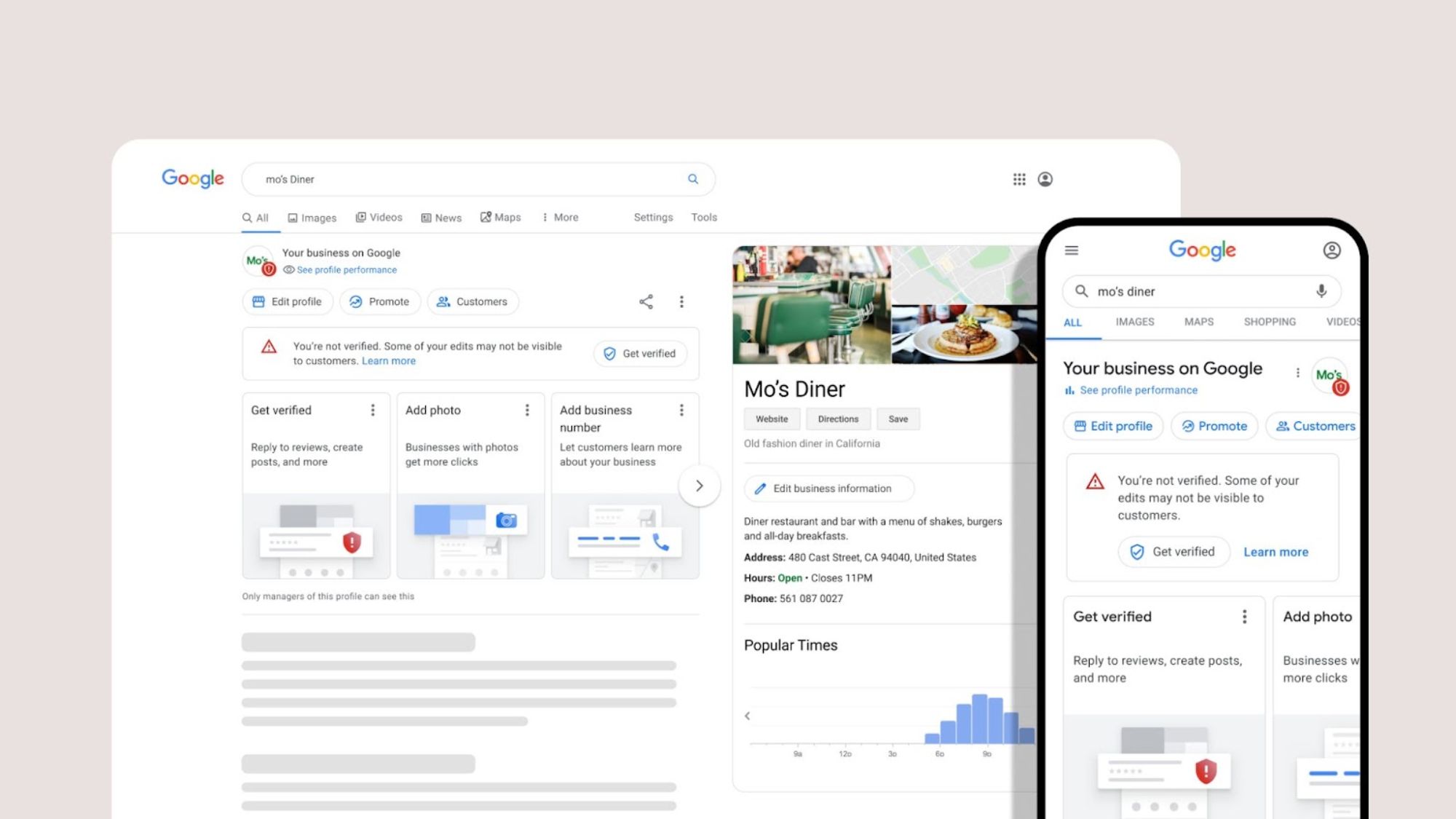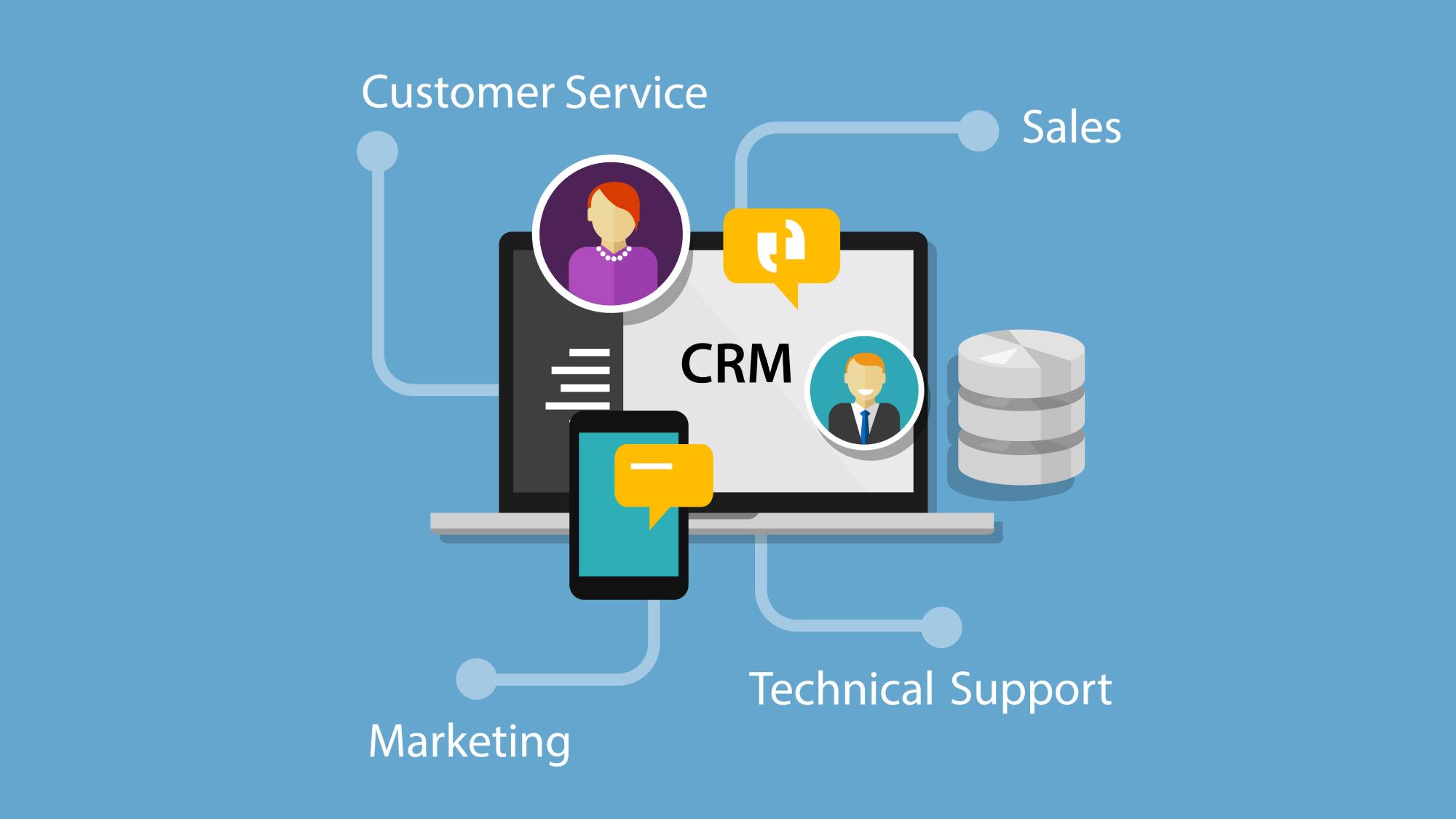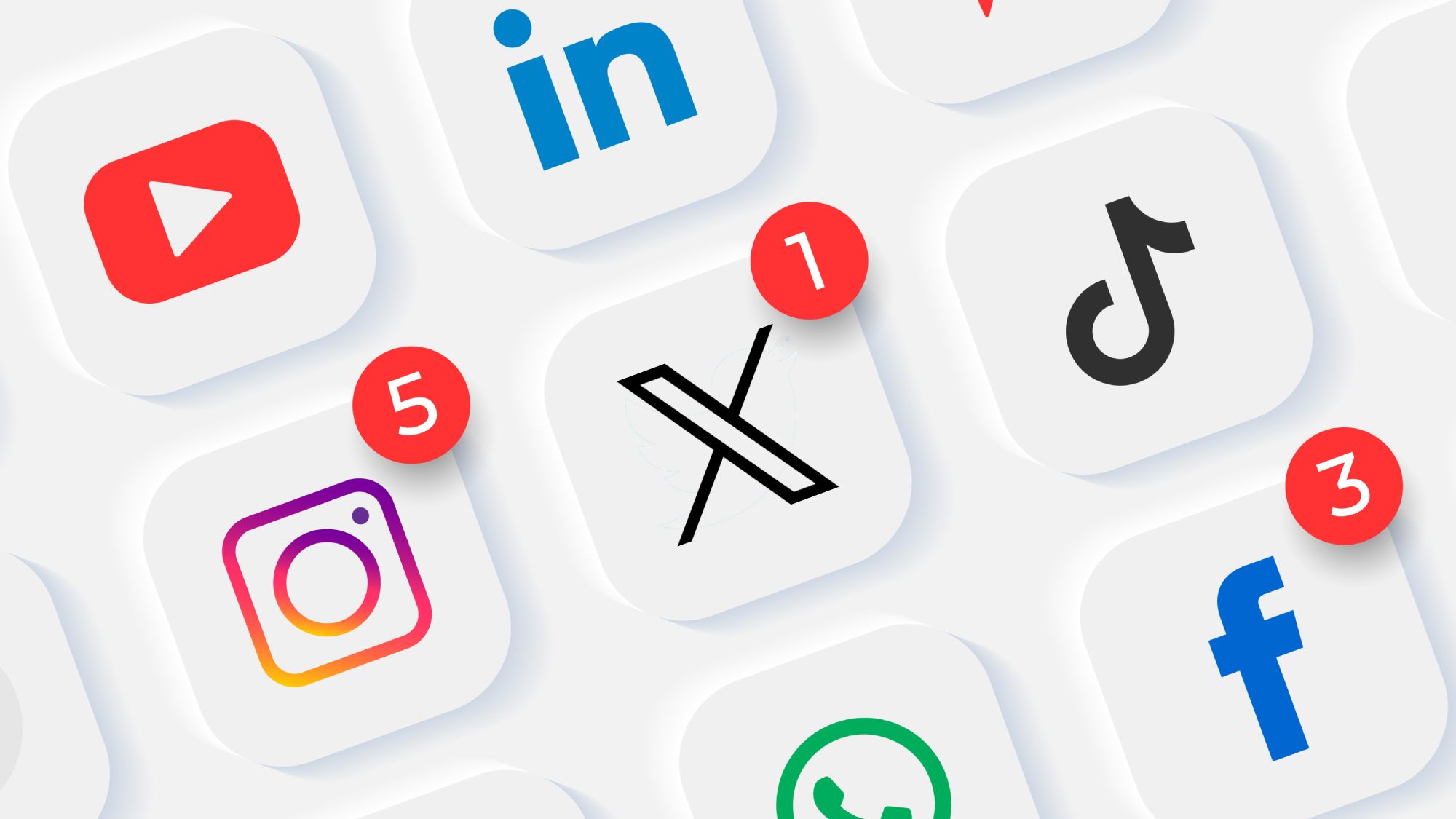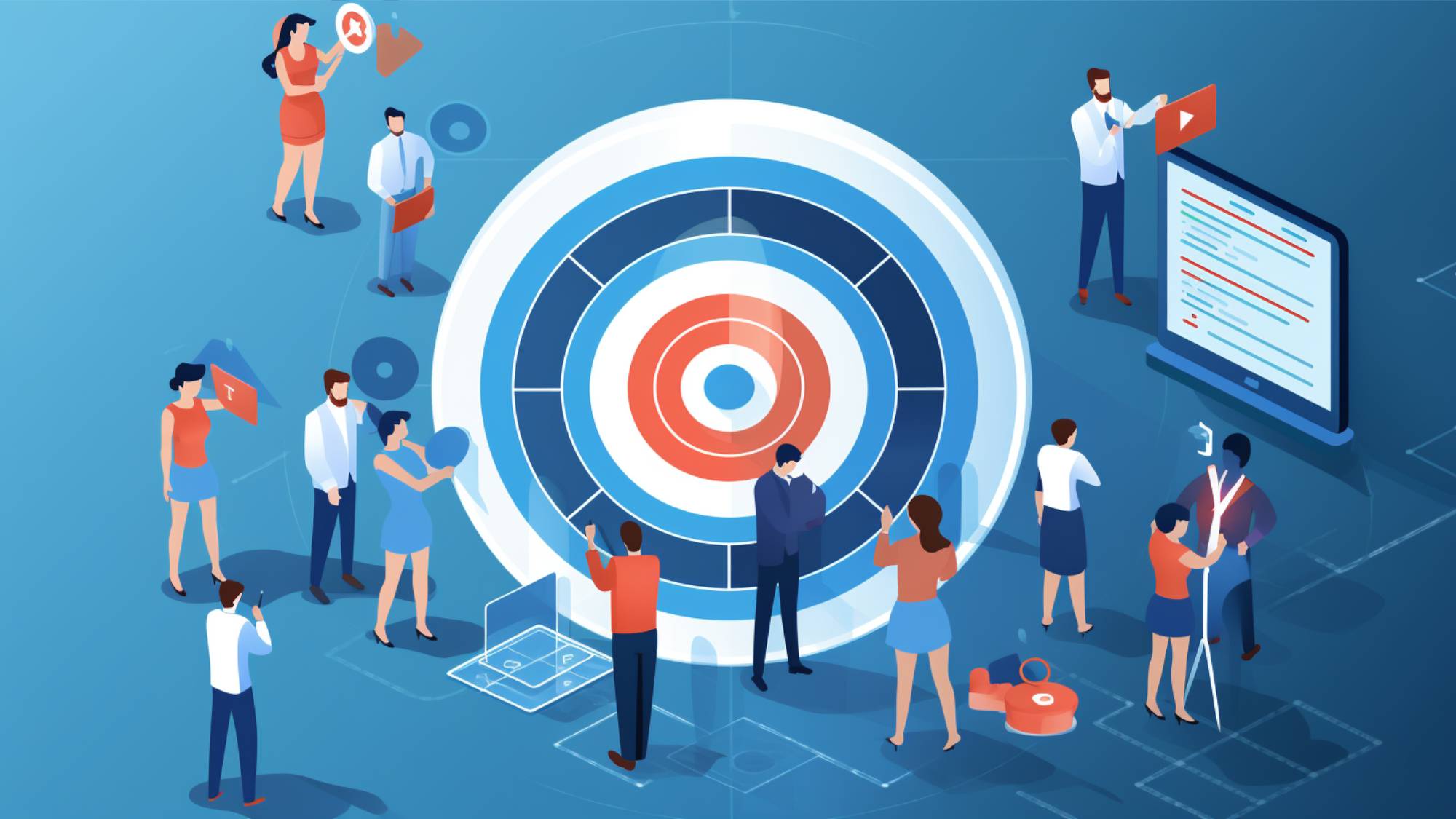14 Inbound Marketing Channels To Build Your Traffic
Below are the inbound marketing channels I typically use to reach a target audience, create awareness, generate interest, and pull target customers to a website where they can be educated, profiled and converted.
Integrating and synchronizing messaging and offers across all these channels greatly improves marketing performance and reduces marketing costs.
1. Google Search: Organic
The importance of staying on page one for the search engine results relevant to your customer segment couldn’t be more critical.
Site Links, Rich Result/Card (snippet), Image Packs, Blog Post listing, Organic YouTube listing, Local 3 Pack, Google My Business card, People also ask, Twitter, RSS Feed are auto-generated by Google based on website optimization best practices and how relevant additional links may be to a search query. That means a coherent, navigable site structure, unique page-level metadata and regular content publishing help Google understand which content should be featured.
2. Email
An email marketing campaign is a cost-effective solution that gives you the power to reach customers in a place most people visit every day — their inbox. 91 percent of US adults like to receive promotional emails from companies they do business with. Email is almost 40 times more effective than Facebook and Twitter combined in helping your business acquire new customers.
3. Google My Business
A free service. Show up when customers search for your business or businesses like yours on Google Search and Maps. Google My Business lets you post updates to showcase what’s new, respond to reviews to build loyalty and add photos to highlight what makes your business special.
4. Google Search: Images
According to data from Jumpshot and Moz, Google Images accounts for a considerable number of searches, dwarfing those performed on YouTube, Google Maps, Amazon and Facebook combined. Searches in Google Images are made more than 10 times as often as any search on Bing or Yahoo, and they represent more than 40 times the number of searches on Facebook.
5. Google Ads
Through Google Ads and based on Quality Scores, several paid ads are featured at the top of SERPs, above organic results. You can influence Google to rank your ads at the top by bidding more, improving UX of the ad and targeting keywords that match the intent of your ad.
6. Google Ads: Remarketing
Whether you’re looking to drive sales activity, increase registrations, or promote awareness of your brand, remarketing can be a strategic component of your advertising. You can reach people who’ve interacted with your business. You can advertise to them when they’re searching, visiting other websites, and using other mobile apps.
7. Facebook: Business Page
Free service. Facebook is the #1 social media platform used by businesses. With over 2.01 billion active users each month, it isn’t hard to imagine why so many businesses, large and small, have chosen to use Facebook as a means of interacting and engaging with their customers.
8. Twitter
With over 500 million Tweets being sent each day, hundreds of millions of people are exploring links, articles, Retweets, Trends, and Moments to find out more about what’s new.
9. Pinterest
Pinterest is a platform that many small business owners overlook. This is often due to the misconception that it is only used for looking up recipes and home decor ideas. There are several other niches, such as fitness, DIY, finance, parenthood, tech, relationships, and coding that are extremely popular. While the majority of Pinterest users are female, male users make up 40% of the site’s active users.
10. LinkedIn: Showcase
Showcase Pages are extensions of your Company Page, designed for spotlighting a brand, business unit, or initiative. Create a page for aspects of your business with their own messages and audience segments to share with. You can share Company Updates and Sponsored Content with LinkedIn members who can now follow the aspects of your business they’re interested in.
11. YouTube
If done right, video marketing might just turn out to be the missing ingredient that was keeping customers away from your newly released product. The average YouTube user spends over 40 minutes per session on YouTube — this rate has been going up for the last 10 years, and it shows no signs of stopping anytime soon. Showing off your product to an audience as focused as this should be a priority.
12. Channel Partner Marketing
Your channel partner is your indirect sales force so make it easy for them to access to the material they need to be more productive. Such as product and service marketing content hosted on your website, co-branded “your-name-goes-here” marketing content that is readily available and sales support tools.
13. Affiliate Marketing
Running your own affiliate program can provide several benefits. For example, it enables you to create cost-effective marketing that helps to grow your audience and build brand awareness. You also have control over the commissions you pay, and can develop a loyal base of affiliates who are excited to work for you.
14. Influencer Marketing
Influencer marketing is an important part of the marketing mix. Enabling and rewarding influential people in your industry to connect with your business or brand will product many benefits including a wider market reach, more awareness, more interest and increased conversion rates.
